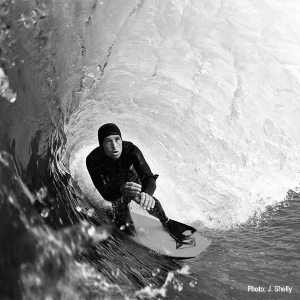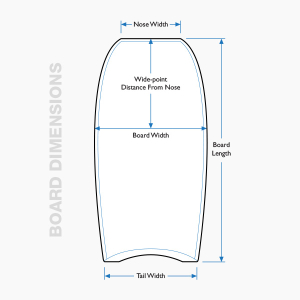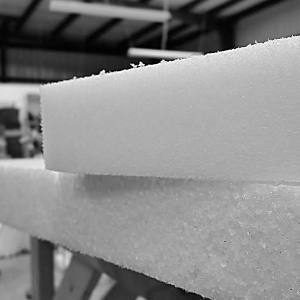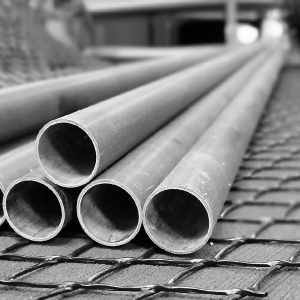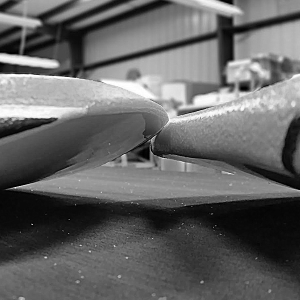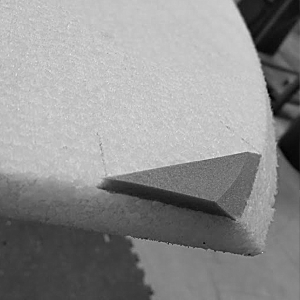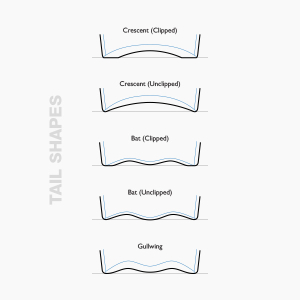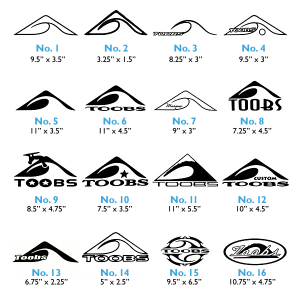Riding Style
Do you ride prone, drop-knee, stand-up, or a combination? By specifying your riding style, our shaper can choose a curve template that best suits your needs in the water.
Board Dimensions
To get the most performance from your bodyboard, it’s critical to choose a board with the right dimensions. Your board should fit your riding style, height, and weight. Generally, longer boards create more stability but are more difficult to maneuver. Smaller boards are easier to maneuver but they have less flotation which is necessary to produce lift and speed on the wave.
Board Length
Standard board lengths are between 38″ and 46″. A general rule-of-thumb is having a board that comes to your belly button, however other factors should be considered including personal preference. This chart provides a general guide for choosing the right board length. Please keep in mind this is only a general guideline. Ultimately, your riding style and personal preferences should also be taken into consideration.
| Board Length | Your Weight (lbs) | Your Height (ft/in) |
|---|---|---|
| 36″ – 38″ | 65 – 85 | 4′ – 5′ |
| 39″ | 85 – 115 | 4’6″ – 5’2″ |
| 40″ | 110 – 130 | 5’3″- 5’6″ |
| 41″ – 41.75″ | 125 – 170 | 5’7″ – 5’9″ |
| 42″ | 145 – 180 | 5’9″ – 6’0″ |
| 42.5″ | 160 – 190 | 5’10” – 6’2″ |
| 43″ | 170 – 210 | 6’1″ – 6’3″ |
| 44″ | 180 – 270 | 6’2″ – 6’4″ |
| 45″ | 195 – 255 | 6’3″ – 6’6″ |
| 46″ | 200+ | 6’4″+ |
Nose Width
This is the finished nose width of your board, including rail skins. A wide nose board helps prone riders by having a large planing area in the front of the board. A drop-knee board has a narrow nose due to the fact that most of the rider weight is toward the tail.
Board Width
The overall width of the board is generally determined by the type of waves you will be surfing. Wider boards work best in small, weaker surf as they provide more flotation to get you through the sections. Narrower boards are suited to bigger, more powerful waves
Wide-point Distance from Nose
Measured from the nose to the overall wide point. Wide points further back are more suited for drop-knee or versatile riders…toward the nose for most prone riding.
Tail Width
Tail width plays an important part in the performance of your board. A narrow tail will make the board loose and easy to release for spins and quick turns. A wider tail will pick up speed faster than a narrow tail, but is harder to turn.
Core Type
Polyethylene (PE) – PE has been the industry standard core for over 30 years. First used due to its flexible nature, relatively low cost and ease of heat lamination with other PE based materials, the performance attributes of PE only came to the fore when combined with the Surlyn™ slick bottom.
A triple layered sandwich construction of 8lb PE deck, PE core and Surlyn™ revolutionized performance bodyboarding in late 80’s. This same construction combo is still used today today. The flex attributes of PE allow the rider to contort and manipulate the board to harness the power of the wave and transfer that power into projection. As the rider drives into a bottom turn, the downward gravitational force of the rider is opposed by the upward draw of the wave.
The board is subject to these forces in much the same way as a pumpkin seed is subject to opposing pressure when squeezed between the thumb and forefinger. Equal pressure will keep the seed in a seemingly stable state, but by slightly concentrating the pressure towards the back of the seed the net result causes the seed to shoot forwards.This same “pumpkin seed” effect can be applied to the projection of the bodyboard. The projection is a result of the release from the opposing forces and the boards ability to instantly recoil to its pre-set flat rocker profile.
PE is the core of choice for those who surf in colder water climates and riders who like a little more flex.
Polypropylene (PP) – 1.9pcf beaded stiff flex PP is the world’s premier Polypropylene core material. Polypropylene is typically far stiffer than PE when compared at an equal density.
At a comparable density to that of PE = 2.2 pcf (pounds per cubic foot), PP is too stiff for use as a bodyboard core. This has allowed the foam techs to reduce the density by over 15% to 1.9pcf and still produce a superior, stiffer blank. The reduction in density also reduces the finished weight of the board considerably.
The construction technique of heat laminating outer skins to the PP core is far more intricate than that of PE. As PP does not directly bond with PE, various substrates must be used to create multi-layered skins for this specific purpose.
The PP core will tend to power through choppy surf due to its stiff nature. Perfect for warm water climates and water temps, PP core is for riders who like a more rigid platform for today’s high performance manoeuvres.
Stringers and Mesh
Stringer – We use 3/4″ fiber wound epoxy tube for our stringers. These help maintain proper rocker while adding stiffness and recoil to the core. A double or triple stringer option is available for those who prefer a stiffer board.
Mesh – A diamond shaped plastic weave, the Mesh is thermo-fused between the deck and bottom skins. This produces an unique structural advantage that not only stiffens the board with minimal weight increase, but changes the pre and post stress profiles of the boards two lamination stages.
Rail Ratio
50/50 – An even % blend between top rail (chine) and bottom rail. Best for smaller, lighter riders in small surf.
60/40 – 60% bottom rail and 40% top rail (chine). The original rail set-up and standard for riders in powerful surf.
DK Nose Rocker
This feature creates approximately 1.5″ of rocker in the nose of drop-knee boards. Extra rocker was pioneered by our Team Rider Colin Herlihy. This feature comes stock on our Herlihy Signature Model.
Deck or Slick Bulbs
Deck or bulbs are raised areas of foam to create subtle grips to the corners of the deck or bottom, increasing comfort and control. These are created by adding a small additional piece of foam to the core.
Tail
1. Crescent (clipped)
2. Crescent (unclipped)
3. Bat (clipped)
4. Bat (unclipped)
5. Gullwing
Crescent tails are standard on many bodyboards. Gullwing and Bat tails add slightly more surface area and buoyancy, without adding additional length to your board. A Gullwing tail is featured on our Spec board and a bat tail (clipped) is featured on our Ten board.
Channels
Narrow Channels
A narrow, deep channel design with an optimum contour for larger, heavier surf.
Standard Channels
Smooth, shallow channel design with a wider profile for hold in small to medium size surf.
Stamp/Logo Options
Always important is looking good while you’re in the barrel or going scorpion over your favorite slab. Many logo locations are available for your Toobs bodyboard. Please choose no more than 3 logos. If you would like specific logo placement, feel free to add ‘Notes to the Shaper’ when ordering your board. This field is located at the bottom of the options form for each board.

